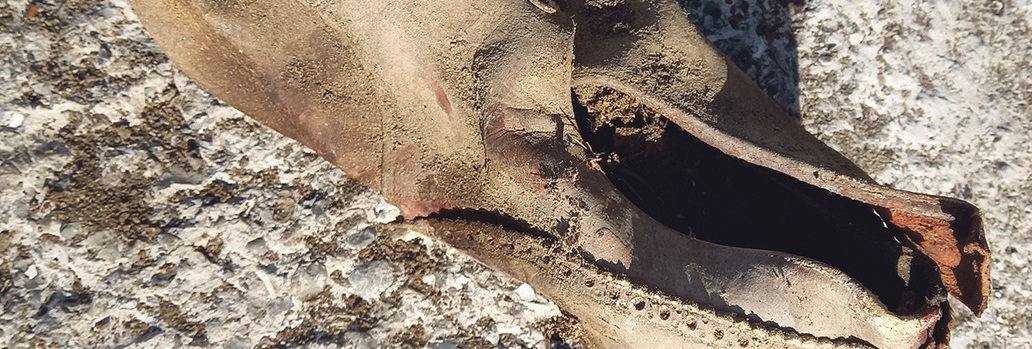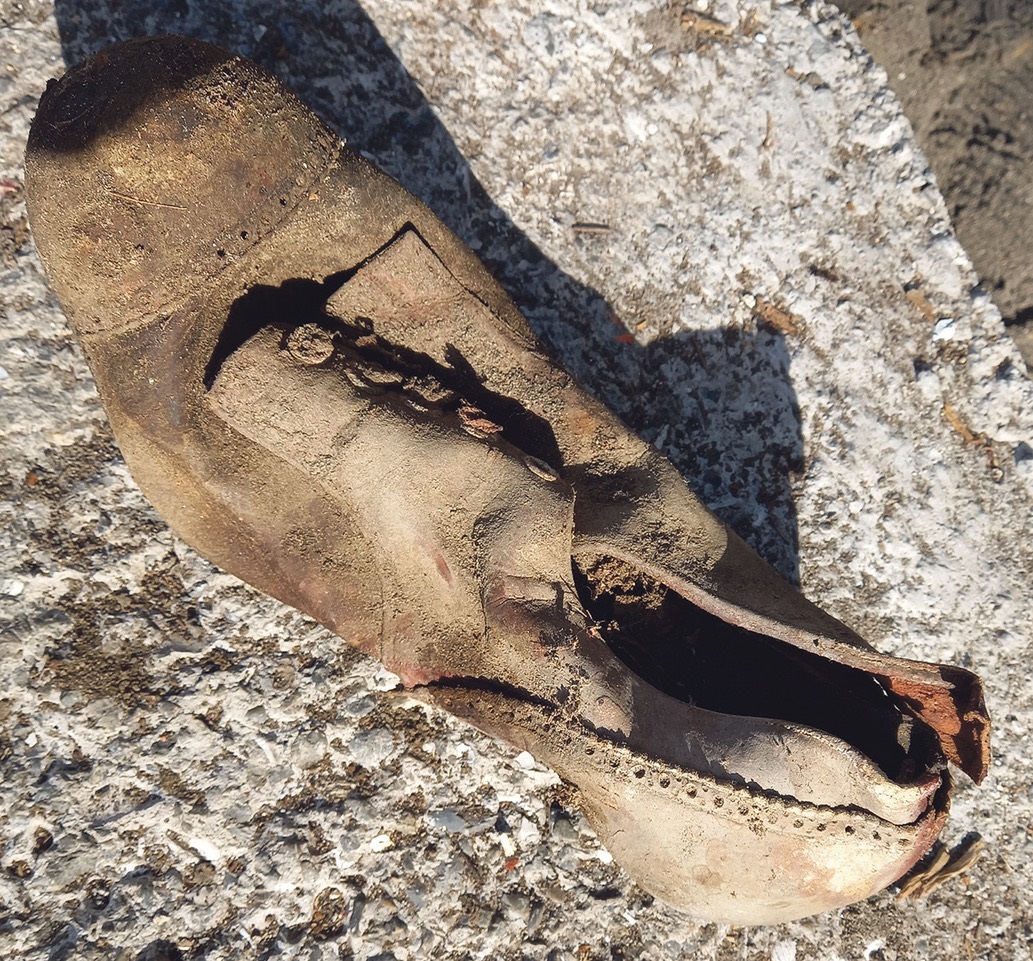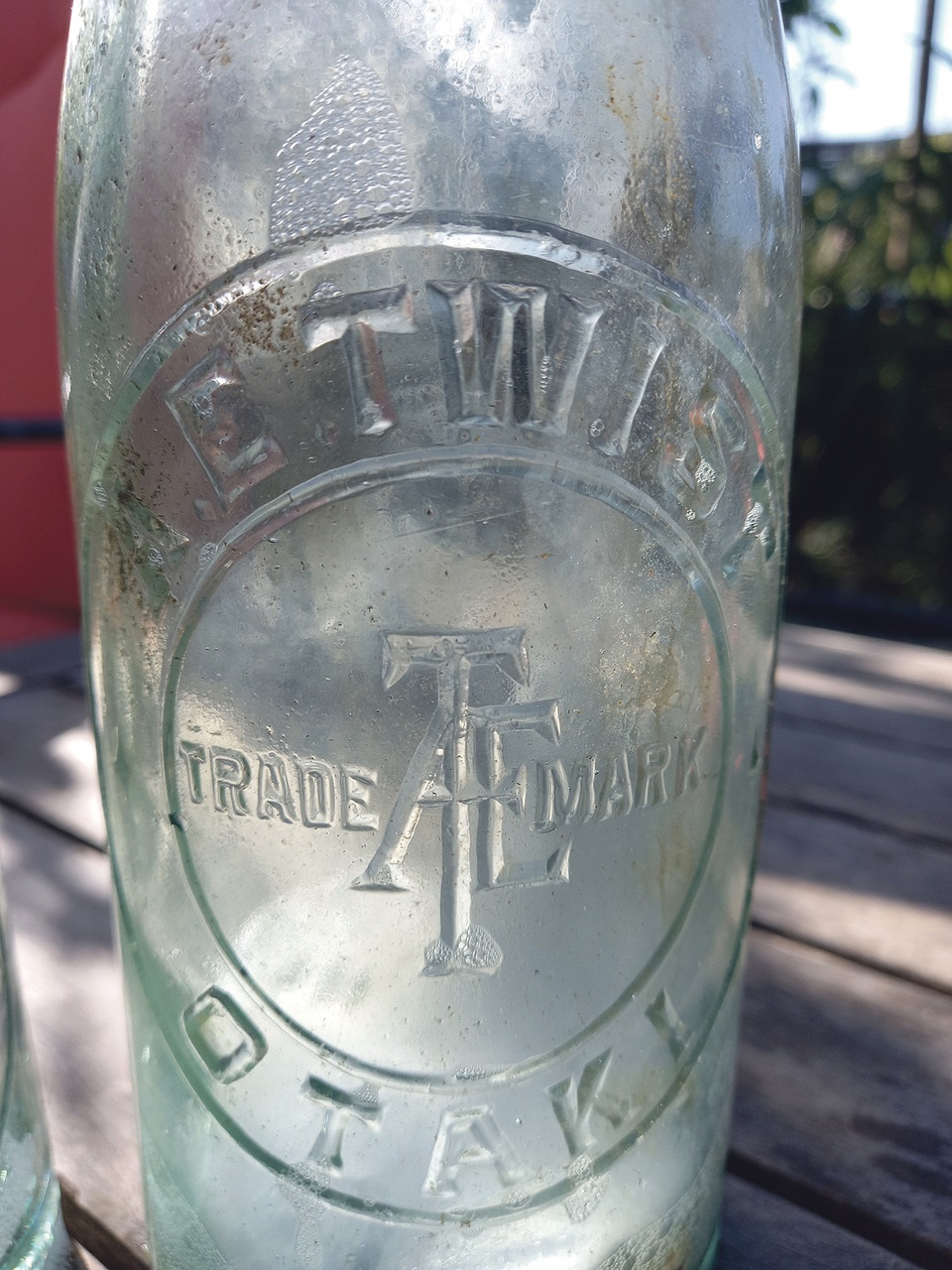
By Nicky Treadwell
Having alterations to one’s house can be challenging, for both the owner and the builder.
This is even more so if the house is more than 100 years old and has grown haphazardly from a simple hut to a bungalow over that period of time.
Nothing is plumb. Nothing is straight. Building techniques were ad hoc. The wallboards and floorboards are all different, the latter mimicking the contours of a golf course, and the roofline akin to a tangram puzzle.
It wasn’t surprising then, when the builder told me we had encountered a problem after he lifted a floorboard in the porch to fit the french doors.
“There are no piles,” he said. “Just some bricks and a stack of sticks.”
Sure enough, as more floorboards were lifted, there were no piles. Not one concrete pile, not a tōtara pile, rotten or not. Just some bricks and bits of timber.
As we both peered further it became clear that the bricks and sticks were not the only oddities under the floor.
There were lots of river stones, presumably dug out of the area to make a flat building platform for the original hut. There were animal bones. which I sincerely hoped were the remains of a sheep or goat and not a dog. There were some bits of an old boat, old rusty tools and many, many bottles.
As we removed the bottles – mostly intact – the amber coloured larger bottles could have come from a DB crate today. But it was the smaller clear bottles with embossed writing on them that caught my eye. The words included the name A. E. Twist, presumably the name of the manufacturer, and the word Otaki. But what had these bottles contained?
This question necessitated a perusal of the Ōtaki Historical Journal. Edition No 39, 2017, contains an article written by Mark Pacey and Dave Smithson titled “History told through glass bottles”, which states that Ōtaki had its own soft drink factory for 45 years.
Thomson Lewis and Co set up a factory in Wellington in1887, then established a branch at Ōtaki in 1893. This was then sold to John Knox, who changed the name to the Ōtaki Cordial Company until it came under the ownership of Augustus Ernest Twist (known as Ernie) in 1924. The factory was in Matene Street, behind the Family Hotel, and produced cordials until 1940, two years after Ernie died.
Sadly, the increasing dominance of the overseas big brands of soft drinks and other goods saw the beginning of the demise of most of the small, locally made products in Aotearoa.
The final treasure to be unearthed from under the house was a woman’s shoe; its design being that from the early 1920s, I guessed. The leather was still mainly intact, the size was small. I looked for its mate, but there was only one shoe.
To find a woman’s shoe within the very masculine trove of beer bottles and old tools seemed strange to me. Who had worn it? Why was there only one? What was it doing under the house?
Some time later I was relating the find to a person who was polite enough to seem interested in the secrets my old house contained. To my astonishment she said that she had heard about old shoes being placed under the floors or in the walls of houses. Given no other choice and because it still mattered to at least me, I googled “Old shoes under houses”.
According to the various sites that came up, I discovered that in the 18th and 19th centuries (and in one case, the 1300s) the “concealed shoe” was actually a thing.
The reasons given for such concealment were firstly to guard the inhabitants of the house against evil spirits, secondly as an offering to a household deity, and thirdly to bestow fertility on a female member of the household.
Who knows whether this was the case here in a hut in Ōtaki in the 1920s?
I had taken the shoe from its resting place to further admire it as I researched its possible reasons for being there. But the research had me thinking that maybe, apart from the fertility reasons, I should just put it back. This thought became a certainty when I discovered the dog sneakily removing it from the table on which I had placed it.
So back under the house it went, to lie with the bones (which I hadn’t touched) for hopefully further decades, keeping me (but maybe not the dog) from evil influences.
And these days, my glass bottles go to the transfer station to be recycled, though I can’t help thinking that in 100 years time, perhaps someone might delight in finding a New Zealand 2024 pinot gris bottle or two as well as the other treasures.


The woman’s shoe found under floorboards, and an A E Twist bottle from the old Ōtaki soft drink factory. Photos Nicky Treadwell
OTHER STORIES
LATEST POSTS
- If you’re not there you won’t know what’s going on
- From whaler cottages to Airbnbs
- Ōtaki abuzz with film festival - Ōtaki Today
- Hall helps to connect and build community
- Vault opens door to local history
- Fear breeding fear, fear and more fear
- Plenty of help organisations in times of need
- Oddities beneath the floorboards
- Tales of a winning cricket team
- Poor official communications fuel misinformation
- Cultural infrastructure could be our saviour
- Four-storey blocks coming as developments fast-tracked
- The world’s therapist offers little hope for global ills
- Modern conservatism the quiet killer
- Di’s QSM for services to community and environment
- However bad it might get, keep smiling
- AI is coming, ready or not
- Rewi’s story one of adversity in old Ōtaki
- Arise King Brown of the Kingdom of Auckland
- Rebuilding should draw on mātauranga
- Urban designer poses critical question - What’s the plan for Ōtaki?
- Brown hits the fan as water levels rise
- When small stuff becomes really big stuff
- New road evokes memories of apples and steam trains
- History in a humble tomato box
- Unfettered lies and misinformation threaten us all
- A slick and shiny surface signals a ready expressway – almost
- Black ferns 10, NZ Rugby 0 – no contest!
- Let’s think outside the box to solve town’s problems
- Misinformation, crime and political shenanigans
- A full life for proud dad Sam Doyle
- A vote for me is a vote for nothing
- Helping navigate the crossroads of people’s lives
- Enduring the tough life of homelessness
- A time to reflect on local politics
- Ōtaki could be even greater, if by design
- Uncovered swagger stick tells sad tale
- Sad day for Ōtaki
- It takes a village to raise a child
- Reclaiming lost traditions
- A test for democracy at Ōtaki College
- Solutions to the world’s problems are within communities
- Does the end ever justify the means?
- The problem I have with the protests
- Could Trump threaten the world again?
- White tui takes over in Te Horo tree
- Let’s hope the new remorseful are few
- Hard-core anti-vaxers, your game is up
- Trust is the price we pay to stop our people dying
- After 98 years, we lose a taonga

